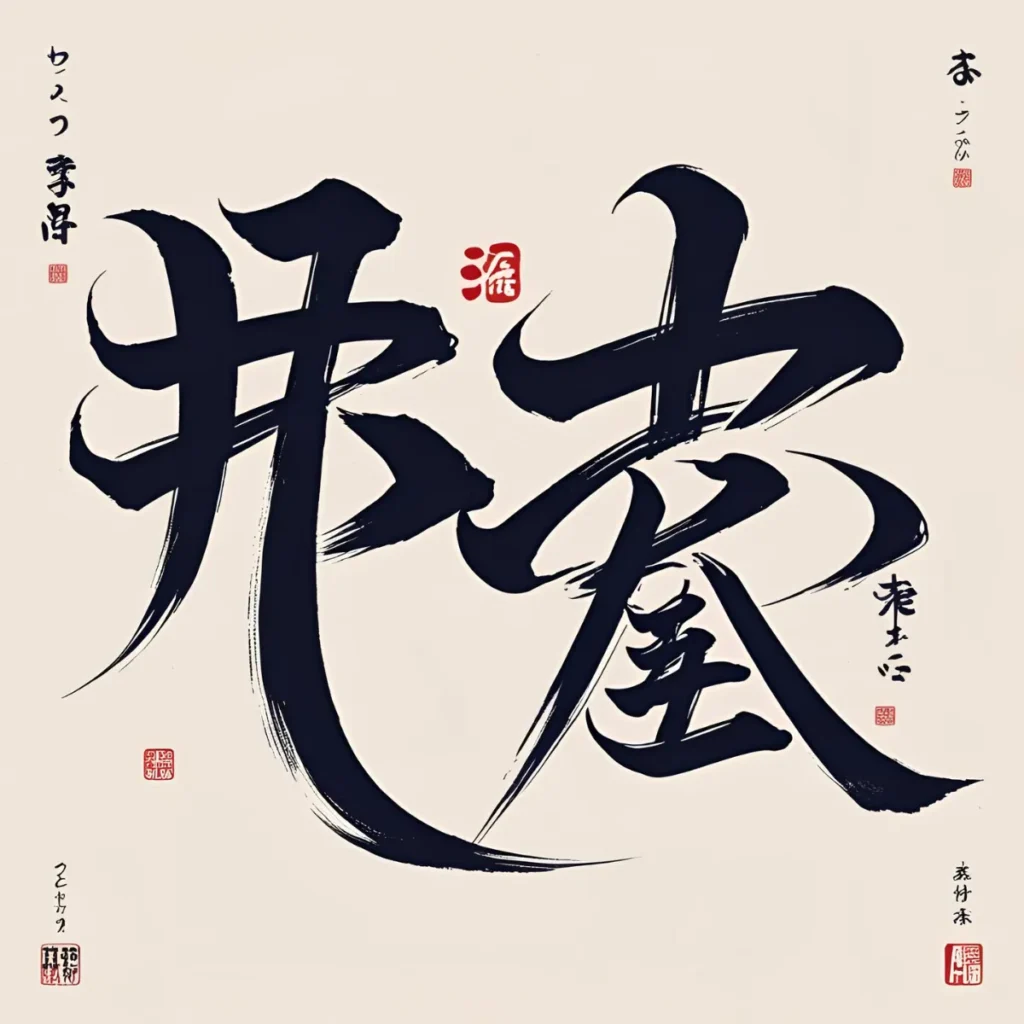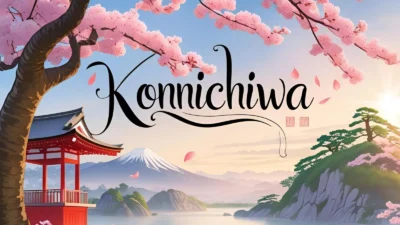Learning how to say hi in Japanese is one of the first steps to connecting with Japanese speakers and understanding their culture. The most common greeting is “こんにちは” (Konnichiwa), which is used during the day and is both friendly and polite.
In this guide, we’ll explore various ways to say hi in Japanese, from casual to formal expressions — so you’re ready for any social or cultural setting in Japan! 🇯🇵🌸
Whether you’re meeting a friend, joining a class, or traveling abroad, these greetings will help you start conversations the right way.
Plus, knowing the right tone and context can make your hello feel more natural and respectful.
1. こんにちは (Konnichiwa) — Hello / Good afternoon
Origin:
“Konnichiwa” originally came from a longer greeting used Learning how to say hi in Japanese is one of the first steps to connecting with Japanese speakers and understanding their culture. The most common greeting is “こんにちは” (Konnichiwa), which is used during the day and is both friendly and polite.
Example:
👤 User A: こんにちは、山田さん。
👤 User B: こんにちは!お元気ですか?
Use: Polite and common; great for daytime and formal contexts.
2. やあ (Yā) — Hi / Hey

Origin:
Casual, modern greeting among friends. Often used by younger people.
Example:
👤 User A: やあ、元気?
👤 User B: うん、元気だよ!
Use: Very casual; avoid in formal situations.
3. もしもし (Moshi moshi) — Hello (on the phone)
Origin:
A phone-specific greeting used since the Meiji period. Derived from “mōsu” (to say humbly).
Example:
👤 User A: もしもし、田中ですが。
👤 User B: あ、田中さん!こんにちは!
Use: Only used when answering or making a phone call.
4. おはよう (Ohayō) — Good morning
Origin:
From “hayai” (early). It literally means “It’s early,” used to greet people in the morning.
Example:
👤 User A: おはよう!よく眠れた?
👤 User B: うん、ありがとう!
Use: Morning greeting; casual form.
5. おはようございます (Ohayō gozaimasu) — Good morning (polite)
Origin:
Same as “ohayō” but with the honorific “gozaimasu” for formality.
Example:
👤 User A: おはようございます、先生。
👤 User B: おはようございます。
Use: Morning greeting in formal or work settings.
6. こんばんは (Konbanwa) — Good evening
Origin:
Used in the evening, this greeting became common as a polite way to acknowledge someone after sunset.
Example:
👤 User A: こんばんは、遅くまでお疲れ様です。
👤 User B: こんばんは、こちらこそ。
Use: Evening-time greeting; polite and respectful.
7. おす / 押忍 (Osu) — Yo / Hey (used by men)
Origin:
Common in martial arts and male slang. Derived from “oshi” (to push) and “shinobu” (to endure).
Example:
👤 User A: おす!元気か?
👤 User B: おす!めっちゃ元気!
Use: Very masculine and informal; avoid in professional settings.
8. どうも (Dōmo) — Hi / Thanks / Hello

Origin:
Originally means “very” — used in various situations. Can be shorthand for “Dōmo arigatō.”
Example:
👤 User A: どうも!
👤 User B: あ、どうもどうも!
Use: Very casual; used when bumping into someone briefly.
9. はーい (Hāi) — Hi / Here I am!
Origin:
Elongated version of “はい” (yes). It’s playful and friendly, often used when responding or calling attention.
Example:
👤 User A: たけしー!
👤 User B: はーい!
Use: Casual, lively; great for kids or among close friends.
10. 久しぶり (Hisashiburi) — Long time no see
Origin:
Literally means “It’s been a while.” Used as a greeting when you haven’t seen someone in a long time.
Example:
👤 User A: 久しぶりだね!元気だった?
👤 User B: 久しぶり!うん、元気だよ!
Use: Casual to semi-formal; used after time apart.
11. ごきげんよう (Gokigenyō) — Good day / Hello (very formal)

Origin:
An old-fashioned, aristocratic greeting, now rarely used except in period dramas or by upper-class schools.
Example:
👤 User A: ごきげんよう、奥様。
👤 User B: ごきげんよう。
Use: Very formal or theatrical.
12. 元気? (Genki?) — You good? / Hey
Origin:
Short for “お元気ですか?” (“How are you?”). Frequently used among close friends as a quick greeting.
Example:
👤 User A: よー、元気?
👤 User B: 元気元気!
Use: Casual and modern.
13. ちーす (Chīsu) — Yo! (slang)
Origin:
Modern slang derived from “konnichiwa” or “osu,” commonly used among teenage boys.
Example:
👤 User A: ちーす!今日は何してんの?
👤 User B: ゲーセン行くよ!
Use: Very informal and youthful.
14. ヤッホー (Yahhō) — Yoo-hoo! / Hi!
Origin:
Cute and friendly call used by girls or kids. Often heard in anime or casual chats.
Example:
👤 User A: ヤッホー、まいちゃん!
👤 User B: ヤッホー!待ってたよ〜!
Use: Very casual and playful.
15. ただいま (Tadaima) — I’m back / Hi, I’m home!
Origin:
Said when returning home; literally means “just now.” Always paired with the response “okaeri.”
Example:
👤 User A: ただいま〜!
👤 User B: おかえり!
Use: Home-specific greeting; part of daily Japanese culture.
Conclusion:
👋 Now you know how to say hi in Japanese in a variety of friendly, casual, and formal ways! From everyday greetings like “こんにちは” to respectful phrases like “おはようございます”, each expression carries its own cultural meaning and context.
Understanding these greetings not only helps you communicate better but also shows your appreciation for Japanese customs. So next time you meet someone from Japan, confidently say hi the right way — it’s a small gesture that makes a big impression! 🇯🇵✨



